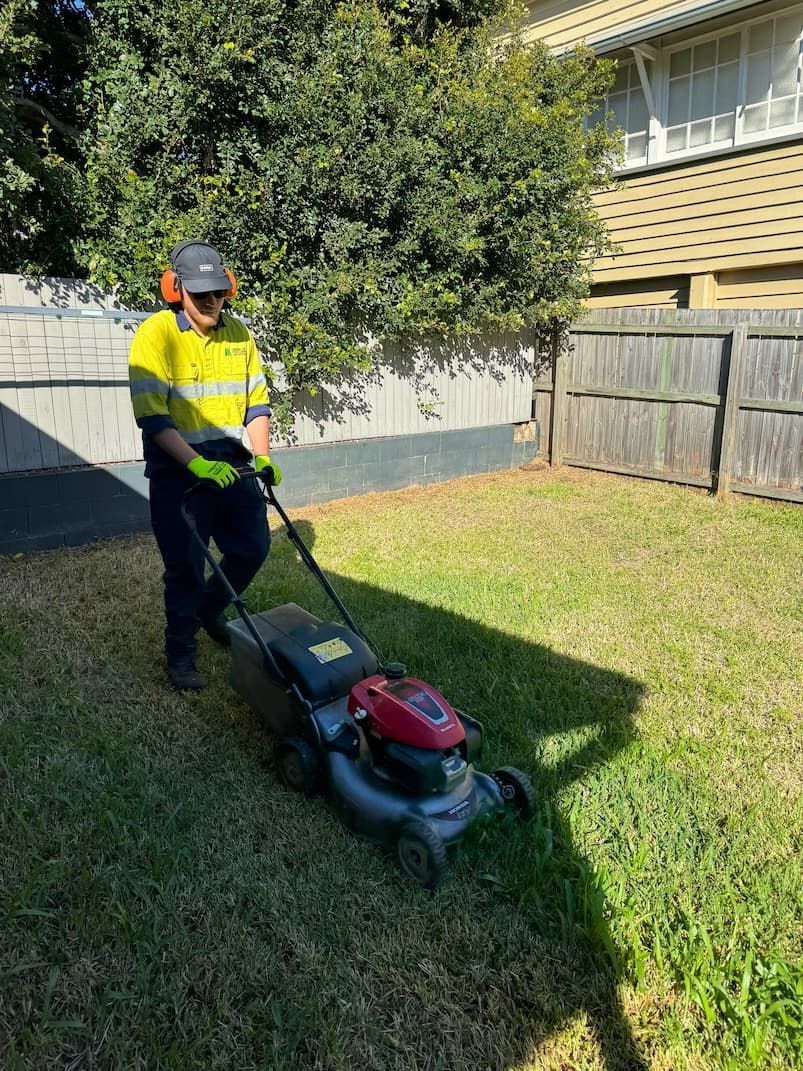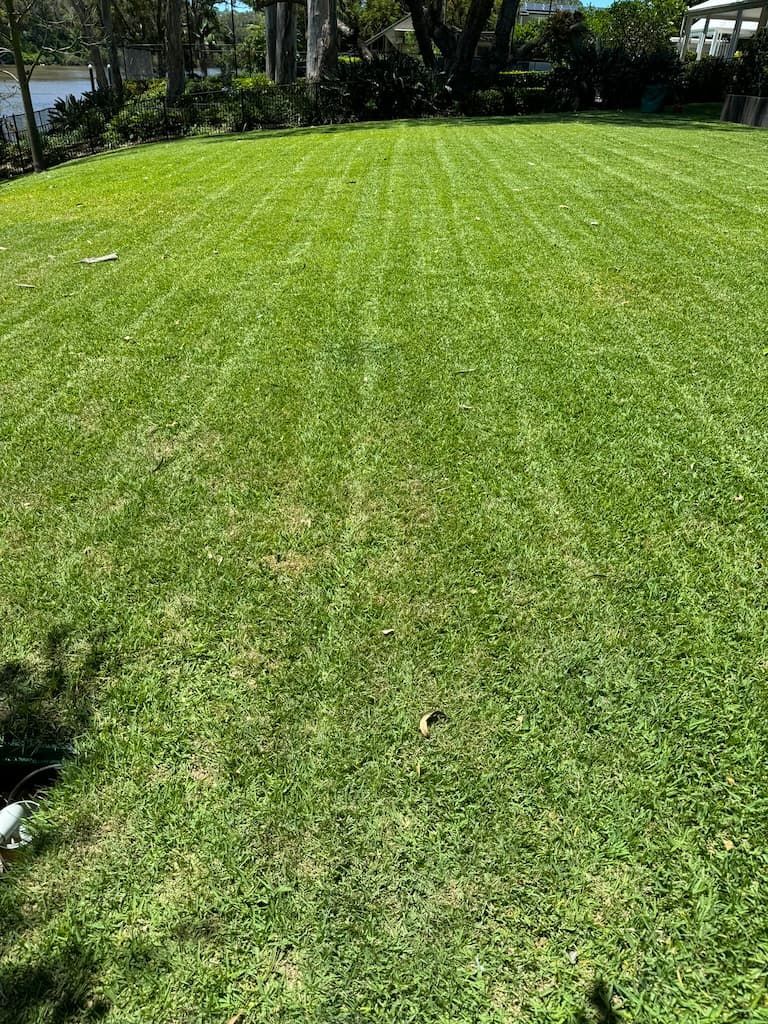How To Keep Your Lawn Lush In Autumn
Autumn is a crucial time for lawn care, as it sets the foundation for a healthy and resilient lawn during winter. With temperatures cooling down and rainfall increasing in many areas, this season is perfect for repairing summer damage, strengthening roots and ensuring your lawn remains green and lush.
Here’s how you can keep your lawn in optimal condition throughout autumn and prepare it for the colder months ahead.
1. Adjust Your Watering Schedule
As temperatures drop, evaporation rates decrease, meaning your lawn requires less water than in summer. Instead of frequent watering, focus on deep watering once or twice a week, depending on rainfall levels. This encourages deeper root growth, making your lawn more drought-resistant when spring and summer return.
Tips for Autumn Watering:
- Water early in the morning to allow the grass to dry before evening, reducing fungal risks.
- If it rains frequently, reduce manual watering to avoid water logging.
- Use a rain gauge to monitor how much water your lawn receives naturally.
2. Mow Regularly but Raise the Blade Height
Mowing remains important in autumn, but the approach needs to change. Grass growth slows down, so you won’t need to mow as often as in summer. Raising the mower blade slightly helps protect the grass from stress and promotes stronger root development.
Best Mowing Practices for Autumn:
- Keep grass at 5-7 cm high to provide better insulation and prevent weeds from taking over.
- Avoid cutting more than one-third of the grass blade length at a time.
- Leave some finely chopped clippings on the lawn as a natural mulch and nutrient source.
3. Remove Leaves and Debris
Autumn leaves may create a picturesque scene, but they can also harm your lawn. A thick layer of leaves blocks sunlight, traps moisture, and encourages fungal diseases.
How to Manage Leaves Effectively:
- Rake leaves regularly to prevent them from smothering the grass.
- Use a mulching mower to shred leaves into fine pieces, which can serve as organic fertiliser.
- Avoid piling up leaves on the lawn, as they can create damp spots and promote mould growth.
4. Aerate the Soil for Better Oxygen and Water Penetration
After a long summer of use, soil can become compacted, restricting air, water, and nutrient absorption. Aerating your lawn in autumn allows oxygen and moisture to reach the root zone, strengthening the grass before winter dormancy.
How to Aerate Your Lawn:
- Use a garden fork or a mechanical aerator to create small holes in the soil.
- Focus on high-traffic areas where the soil is more likely to be compacted.
- If the lawn is very dry, water it lightly a day before aerating to make the process easier.
5. Apply an Autumn Fertiliser
Feeding your lawn in autumn is essential for boosting root growth and preparing it for winter. Use a slow-release, low-nitrogen fertiliser that focuses on strengthening roots rather than excessive leaf growth.
Choosing the Right Fertiliser:
- Look for fertilisers high in potassium and phosphorus, which support root development and disease resistance.
- Avoid high-nitrogen fertilisers, which promote rapid top growth unsuitable for cooler months.
- Apply fertiliser when rain is expected or water it in lightly to help absorption.
6. Control Weeds Before Winter
Autumn is the best time to tackle weeds, as they are actively absorbing nutrients in preparation for winter. Addressing them now prevents a stronger comeback in spring.
Effective Weed Management:
- Hand-pull weeds when the soil is moist for easier removal.
- Apply a selective herbicide targeting broadleaf weeds like bindii and clover.
- Regularly mow to prevent weed seeds from spreading.
7. Overseed to Fix Bare Patches
If your lawn has thin or patchy areas from summer wear and tear, autumn is the perfect time for overseeding. The cooler weather helps new grass establish itself without the extreme heat stress of summer.
How to Overseed Properly:
- Rake the soil lightly before spreading new grass seed.
- Choose a grass variety that suits your climate and lawn type.
- Keep the area moist until the new grass has established.
8. Reduce Lawn Traffic
Autumn rains can make the lawn more prone to damage from foot traffic. Avoid heavy use, especially when the ground is soft, as this can lead to compaction and bare patches.
Tips for Protecting Your Lawn:
- Create clear pathways for walking and avoid stepping on wet grass.
- If entertaining outdoors, consider using stepping stones or temporary walkways to protect the grass.
Conclusion
Caring for your lawn in autumn is about repairing summer damage and strengthening it for winter. By adjusting your watering routine, aerating the soil, fertilising and controlling weeds, you ensure your grass remains healthy and resilient.
If you need help looking after your lawns, get in touch with Order Of The Lawn in Brisbane.











